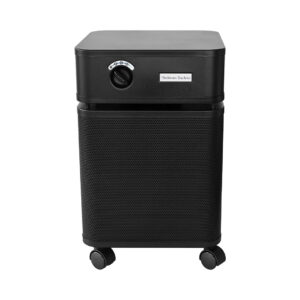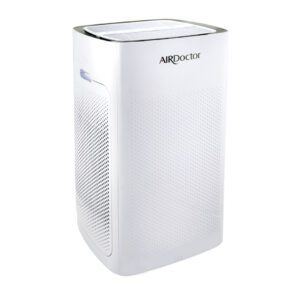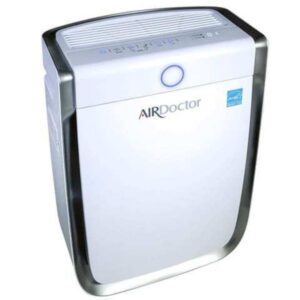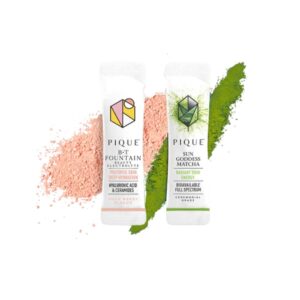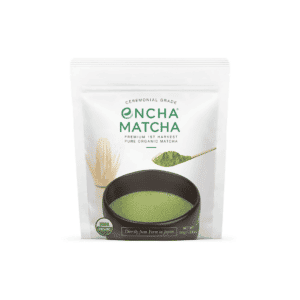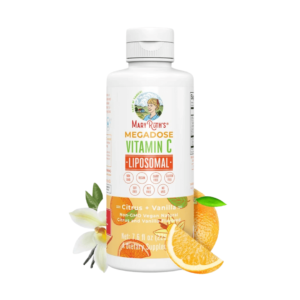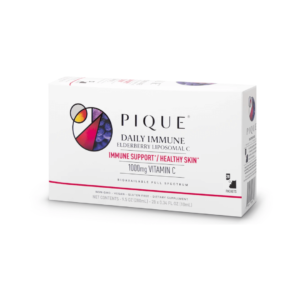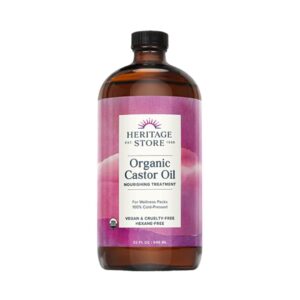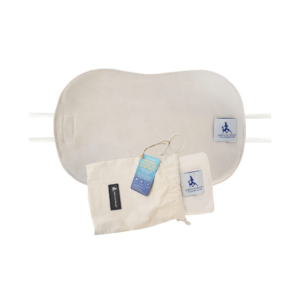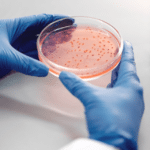Mold – it’s everywhere. We’ve been told that mold in a home is a rare occurrence, but it’s time to bust that myth! Unfortunately, it is one of those nasty, unavoidable things that every homeowner will need to deal with at some point. Mold & mycotoxins can make you and your family very sick. So, what’s the best mold detox protocol? How does mold impact your health? How does mold relate to chronic inflammatory response syndrome (aka chronic immune response syndrome)?
Are you or your family at risk? Are there ways to prevent exposure? If you find mold in your home, what should you do? Let’s dive into it!
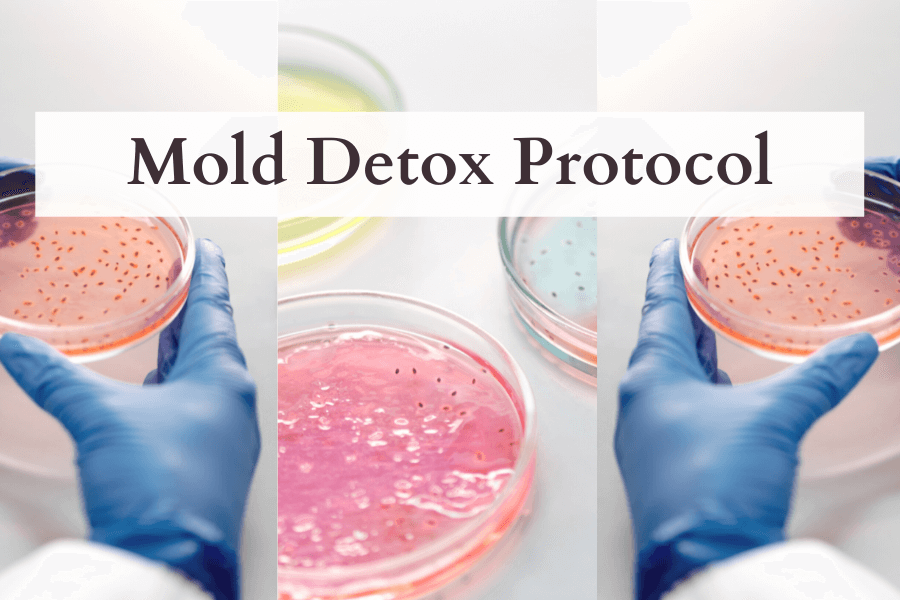
(Note: This article contains affiliate links, meaning In On Around will make a small commission at no additional cost to you. This helps me maintain the site. As always, I value full transparency & only work with brands I love and trust.)
What Is Mold?
Mold is a fungus that grows both indoors and outdoors. Normally, these fungi serve a very important role in the ecosystem by breaking down or decomposing foreign matter… but they can also lead to serious health problems in humans!
Mold will grow where there is moisture and it can grow VERY quickly within 24 hours of water damage! Many bathrooms that aren’t properly ventilated will grow mildew, which is a type of mold.
The probability of mold increases in unventilated, moist areas of your home. There is likely some mold always in your home – it’s inevitable. Most mold spores are so small that they can’t even be seen with the naked eye – they’re microscopic and can float around in the air. It’s extremely common in homes and buildings, especially older structures.
In fact, a 2017 study determined that every public building studied had some level of mold, with an average of 14 instances of mold per building – big yikes. [1] Another European study in 31 countries found mold in 1/6 homes. [2] It’s definitely not as rare of an occurrence as we’re oftentimes led to believe.
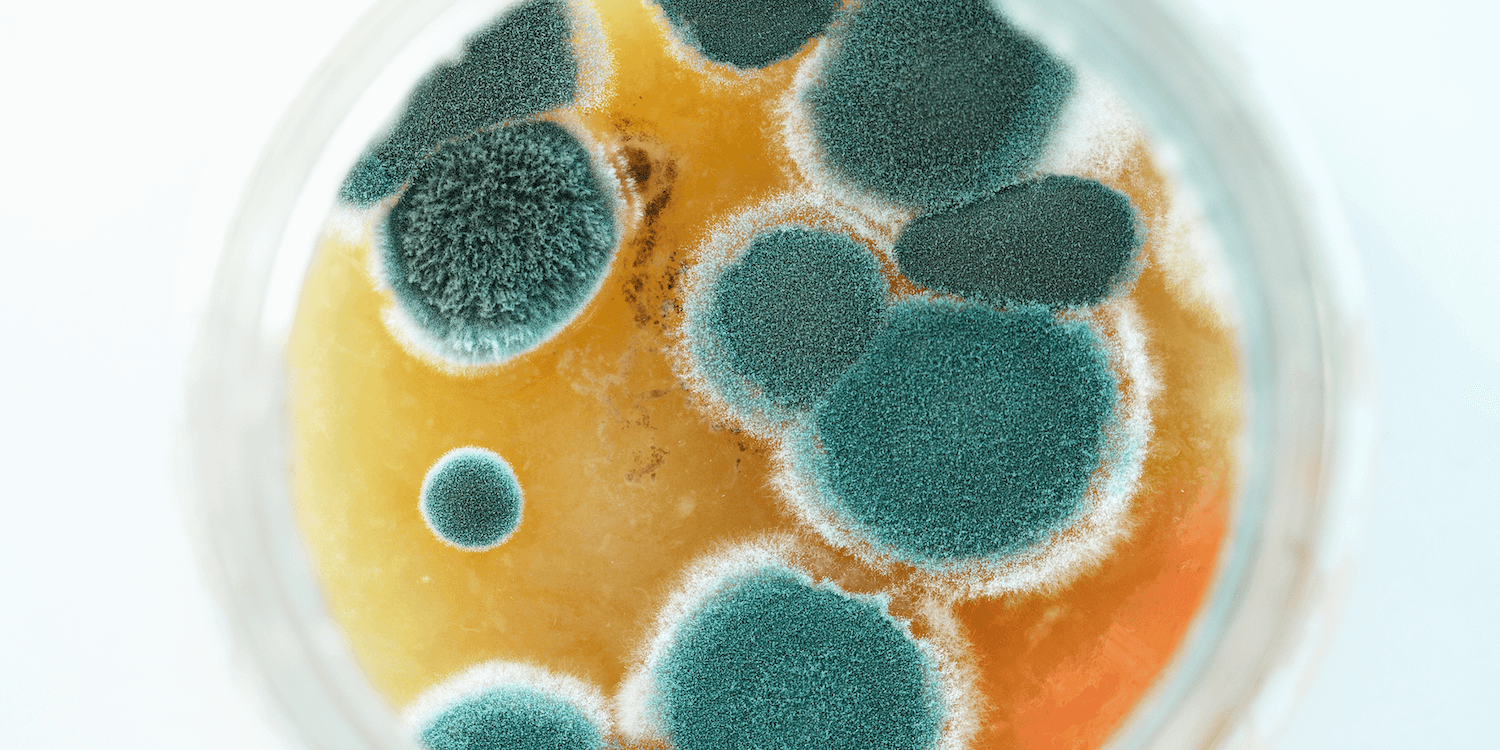
What are the most common types of mold?
It’s estimated that there are over 100,000 different types of mold around the world – that’s QUITE a lot! But there are a few that tend to grow the most in building environments.
About 70% of homes have mold.
International Center for Toxicology and Medicine
According to the Centers for Disease Control and Prevention, the most common indoor molds are:
- Cladosporium
- Penicillium
- Aspergillus
- Alternaria
- Stachybotrys chartarum (also known as black mold)
These species each come with a long list of potential health problems, especially from long-term exposures.
Keep in mind that the color of mold isn’t necessarily associated with how dangerous it may be. For instance, most people know that “black mold” can be harmful, but that does not mean that other types of mold aren’t even more harmful. Don’t rely solely upon the color! [3] Your body can be sensitive to mold, regardless of color.
Additionally, mold growth found inside walls does not always stay inside the wall. The smallest crack in the wall (like around an outlet) can create a channel for the mold to funnel into your home. It can also float around in the air & harbor in dust.
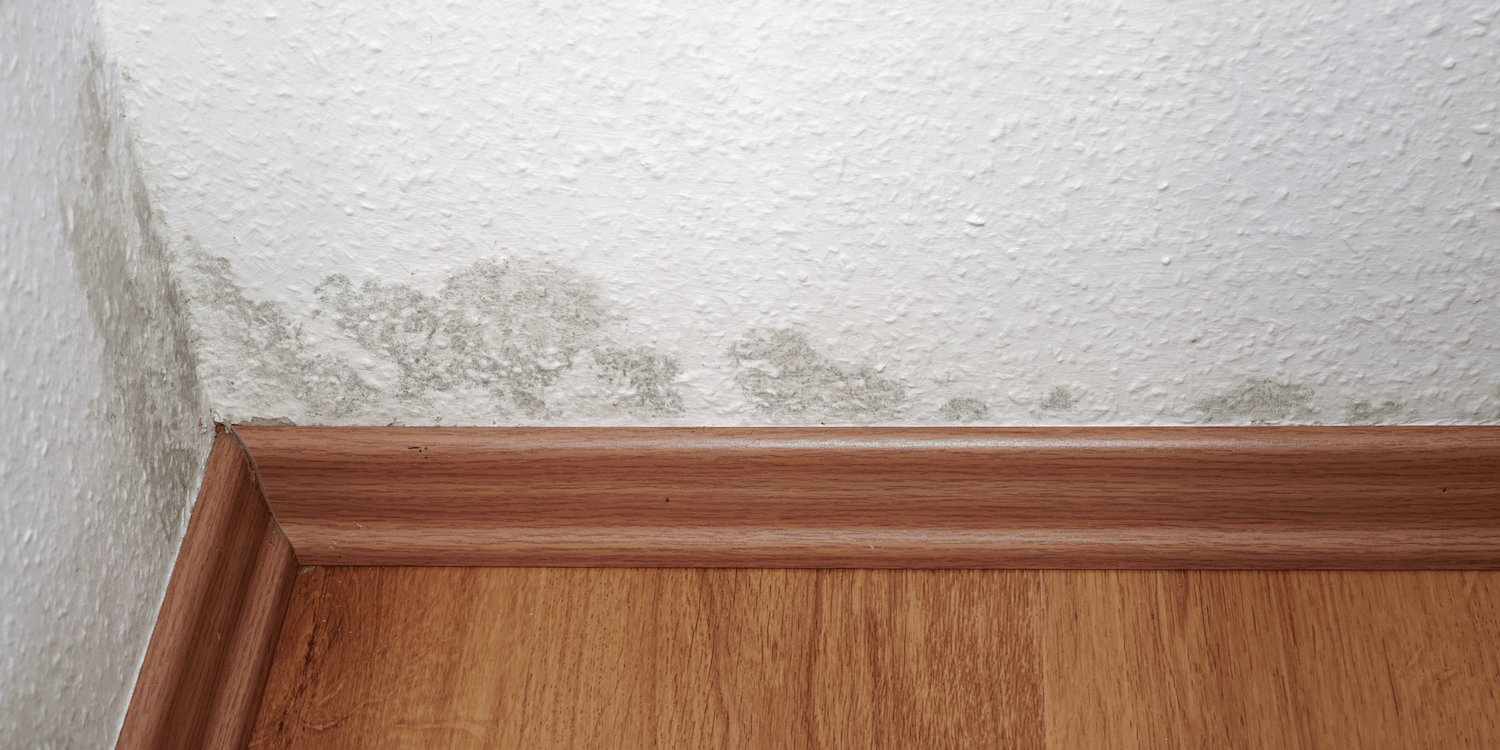
What Are Mycotoxins?
Mycotoxins are chemicals that mold growth excretes into the air. These are often invisible to the naked eye. These toxic compounds produce allergens and irritants that can harm your health long-term. They’re also commonly found in some foods, like grains and corn.
About 25% of the world’s crops are contaminated by mold and fungal growth (like nuts, cereals & rice).
United Nations Food and Agriculture Organization [4]
Many of these mycotoxins can lead to serious symptoms, for instance:
- Ochratoxin A (OTA) – Potentially linked to Alzheimer’s and Parkinson’s disease.
- Mycophenolic (MPA) – Potentially linked to autoimmune disorders, miscarriages, and congenital malformations.
- Trichothecenes – Potentially linked to DNA damage.
Let’s dive into the health impacts!
Health Impacts & Symptoms Of Mold Exposure
Everyone has a different threshold for mold exposure. Some people will experience immediate symptoms (like the instant urge to run to the bathroom), while others have more subtle symptoms over time. Either way, it’s not healthy to be exposed to mold on a regular basis, especially since it’s easily inhaled.
In fact, about 25% of the population has a genetic predisposition where they cannot effectively remove or excrete toxins, like mold mycotoxins, from the body. That’s roughly 80 million people in the United States.
Short-term and long-term exposure to mold can cause serious health effects. It increases the inflammatory burden on our bodies. Minor symptoms can include a stuffy nose, sore throat, or coughing, however, there are many serious health issues that can come from mold exposure, such as:
- Fatigue [5]
- Joint pain [6]
- Insomnia [7]
- Poor memory/concentration [8]
- Mood issues [9]
- Skin rashes [10]
- Digestive issues [11]
- Histamine issues [12]
- Autoimmune conditions [13]
- Asthmatic episodes/asthma symptoms like shortness of breath [14]
- Headaches [15]
- Pneumonitis [16]
- Allergic reactions [17]
- Hypothyroidism [18]
- Oxidative stress/Inflammation [19]
- Kidney disease [20]
- Neurological issues (brain fog, poor memory, anxiety, depression…) [21]
- Mold exposure has been shown to increase the risk of depression by 45%.
… and the list goes on, and on, and on.
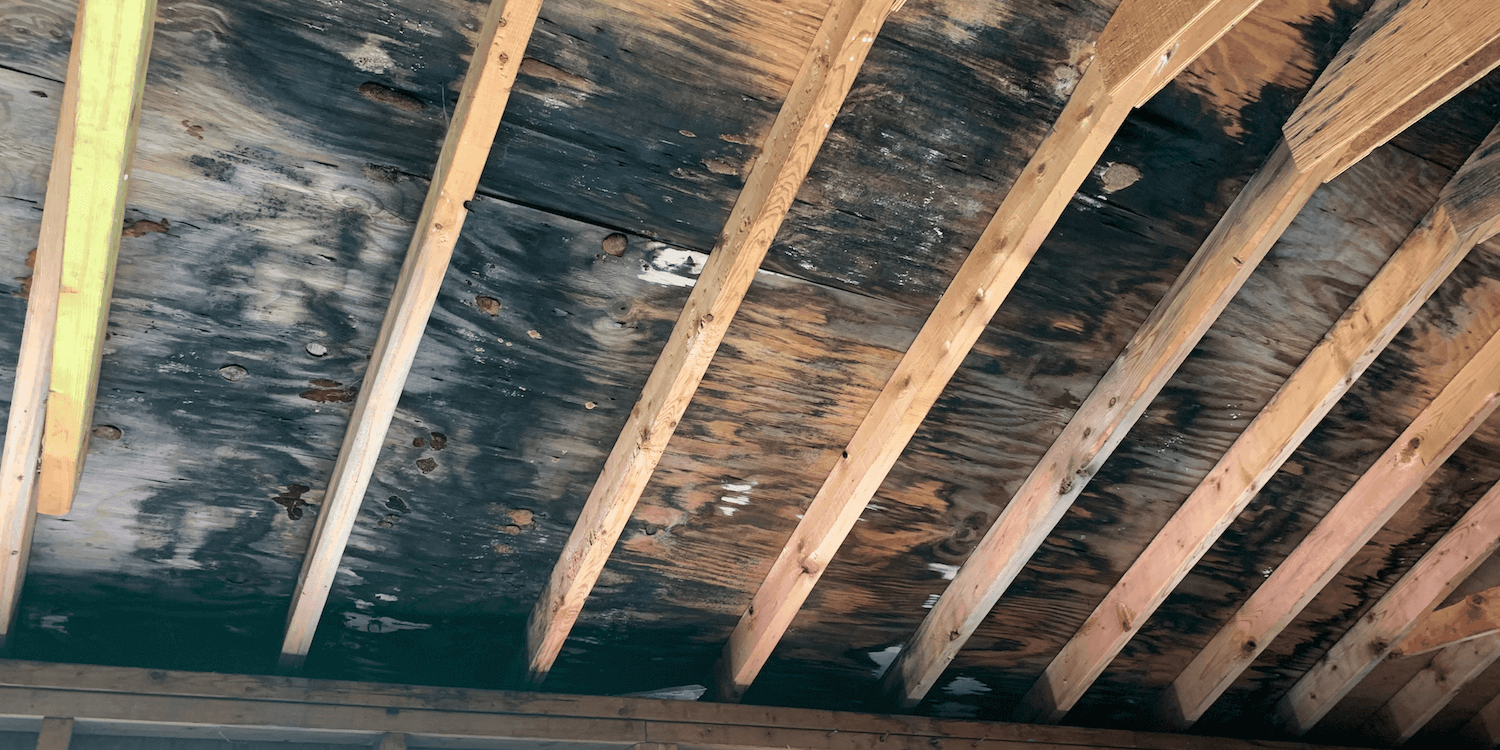
What Is Chronic Inflammatory Response Syndrome? How Does It Relate To Mold?
Chronic Inflammatory Response Syndrome (CIRS) is a progressive illness with multiple symptoms that can be linked to mycotoxins from mold. It can cause system-wide inflammation throughout the body and impact multiple organs. Those who have chronic exposure to water-damaged homes or moldy environments could be diagnosed with CIRS. If you have signs of chronic inflammation, check your environment for mold!
CIRS can also be called…
- Chronic Immune Response Syndrome
- Systemic Immune Response Syndrome (SIRS)
- CIRS disease
- Biotoxin illness
Doesn’t Bleach Kill Mold?
… not as well as you may think! It can actually make mold WORSE in some instances.
While bleach can help kill mold on hard surfaces, it is ineffective on most porous/soft materials! For that reason, it does not work on surfaces like drywall, wood, carpet, metallic, or any dirty surfaces… plus it can be corrosive or damaging to these materials.
Bleach also contains a lot of water, which can make the problem even worse. If bleach is used on porous or soft surfaces, the water can actually feed the mold that’s already growing. The mold that has been bleached, or “killed”, is still toxic to the body – it still must be removed entirely from the home.
Most important to note, bleach is toxic. It can cause skin burns and can harm your lungs when fumes are inhaled. It is NOT a cleaning product you should be using in your home.
All in all – DITCH the bleach ASAP.
What To Do If You Find Mold In Your House?
Hopefully, you will never experience a mold issue in your home, but if you do, it is incredibly important to act quickly.
- Moisture control! Air out your home
- If there is water damage, air out the space as much as possible within 24-48 hours. Using as many fans as you can! It’s important to dry up the water source as quickly as possible.
- Hire a reputable mold inspection company to get it properly removed/remediated
- Don’t rely solely on home test kits. These can oftentimes be inaccurate, nor do they explain where all the sources of mold are.
- These professionals are equipt to properly remove the mold from the home. It’s also important to ensure proper personal safety attire are used (like respirators, when necessary).
- You can also request an ERMI test (Environmental Relative Moldiness Index), which was developed by the United States Environmental Protection Agency. This test can provide accurate results on the severity of the mold. [22]
Warning Signs Of Mold – How To Prevent Mold In Your House?
Mold spores are very common and it is impossible to eliminate mold entirely, but there are things you can do to get rid of the majority of mold. Some mold growth prevention tips include:
- Repair any water leaks in the roof, walls, windows, or plumbing.
- Keep humidity levels low – humidity in your home should not be higher than 50% at all times. Use a dehumidifier (or multiple) if the home is particularly moist.
- Do not leave wet towels or clothes in piles, in laundry hamper, or washing machine.
- Thoroughly clean and dry any moisture and clutter.
- Promote ventilation as much as possible! Especially in bathrooms, the laundry room, and cooking areas.
- Avoid carpeting, especially in areas that can become wet (like in bathrooms or in the kitchen). If carpeting is wet for a long period of time, remove & replace it.
- Clean roof gutters regularly & ensure they’re free from leaves or debris
- Have the heating/ventilation/air conditioning (HVAC) system vents inspected
- Look for a NADCA certified duct cleaner that cleans under negative pressure
- Use air purifiers!
- My favorite: AirDoctor (discount link)
- You can read more about air purifiers here: Are Ozone Air Purifiers Safe?
If You’re Moving Into A New Home – Do This
Before moving into a new home, make sure you ask the real estate agent or homeowner if there are any known water leaks. Make sure you hire a home inspector! Have a qualified inspector look at all windows and doors for any cracks, as well as the foundation and basement for any signs of flooding.
You want to ensure the house is as sound as possible – especially the roof. Lastly, if the house smells musty, that’s a warning sign! This can be a sign of mycotoxins, or mold volatile organic compounds (VOCs) floating through the air – yikes.
Mold Detox Protocol – What To Do
Reminder: NONE of this is medical advice – this is what I would personally do! Please always check with your doctor before implementing any new protocols.
The most important step is to remove yourself from the moldy environment. You cannot heal in a moldy environment. You should properly remove the mold (with a professional remediation company) or move out of the property altogether.
It’s also common for mold spores to stick onto your possessions, like furniture, so if the mold growth is particularly bad, you may need to part ways with some items.
To help detox from mold exposures:
- Find a functional medicine doctor to run the proper diagnostic tests.
- You can request tests such as the Great Plains MycoTOX, which tests urinary mycotoxin levels (you don’t want high levels!).
- Work with a doctor who specializes in Chronic Inflammatory Response Syndrome (CIRS) or Biotoxin Illness. These doctors may be more familiar with mold illness.
- Painting or caulking over mold will not stop it from spreading. Don’t do this!
- As mentioned before, use a high-quality air purifier (if possible, have them in multiple rooms)
- Get enough sunlight for Vitamin D (or supplement in the winter)
- Regularly use an infrared sauna
- My favorite: Clear Light Saunas (this is a discount link to save $400-$600)
- Therasage
- You can read more about the health benefits of saunas here: Sauna Health Benefits – What’s The Hype?
- Drink matcha or green tea
- You can learn more about the powers of green tea here: Green Tea: 15 Reasons Why You Should Be Drinking It Multiple Times A Day
- Utilize Vitamin C to support detoxification
- Pique Liposomal Vitamin C is a great addition!
- Reduce your exposure to other environmental toxins commonly found in personal care products.
- Psssssst. This is what I’m here to help you with! Reach out if you need help.
Check Out The In On Around Shop
- Ground! Walk barefoot on soil, grass, or sand.
- It sounds crazy, but grounding has been shown to reduce inflammation in the body.
- Take off your shoes & walk on the ground (make sure you’re not holding any electronics).
- Vacuum your house with a HEPA vacuum regularly
- Mold can hide in everyday items, like baby bottles & cups – yuck! Make sure you clean these thoroughly.
- Use organic castor oil packs over your liver.
- Organic castor oil packs can give your liver some extra love and help it detox from environmental toxins.
- To learn more about castor oil packs, check out: Health Benefits & Side Effects Of Castor Oil Packs
- Reduce EMF exposures (like wifi) in the home
- There is a potential link to EMFs exacerbating toxic mold growth. [23]
- Using a wifi timer can help reduce exposure while you’re sleeping.
Mold Detox Protocol – What NOT To Do
- If there is a small spot of mold on a hard surface, don’t resort to toxic cleaning products like bleach! Undiluted white vinegar with 5%+ acetic acid can help on some surfaces.
- Never, ever, ever mix vinegar with bleach or hydrogen peroxide. Never mix bleach & ammonia! These mixtures can create dangerous fumes.
- Bleach does not properly destroy mold!
- Do not eat an inflammatory diet. This will only make your symptoms worse.
- Instead, eat the rainbow! Focus on eating a diverse, organic, whole-foods, predominantly plant-based diet full of nutrients. Food is medicine. Focus on diversity.
- Focus on foods high in antioxidants (ginger, berries, curcumin, grapes etc…) and fermentable fiber.
- You can learn more about an anti-inflammatory diet here: How To Eat An Anti Inflammatory Diet
- If you’re recovering from mold toxicity, do not eat mold-containing foods, like peanuts and corn.
- Do not sleep for less than 7 hours a night. High quality sleep for 7-9 hours every night is essential to support your body during the healing process.
- If you’re struggling with insomnia, check out this article: 18 Tips For High-Quality Sleep
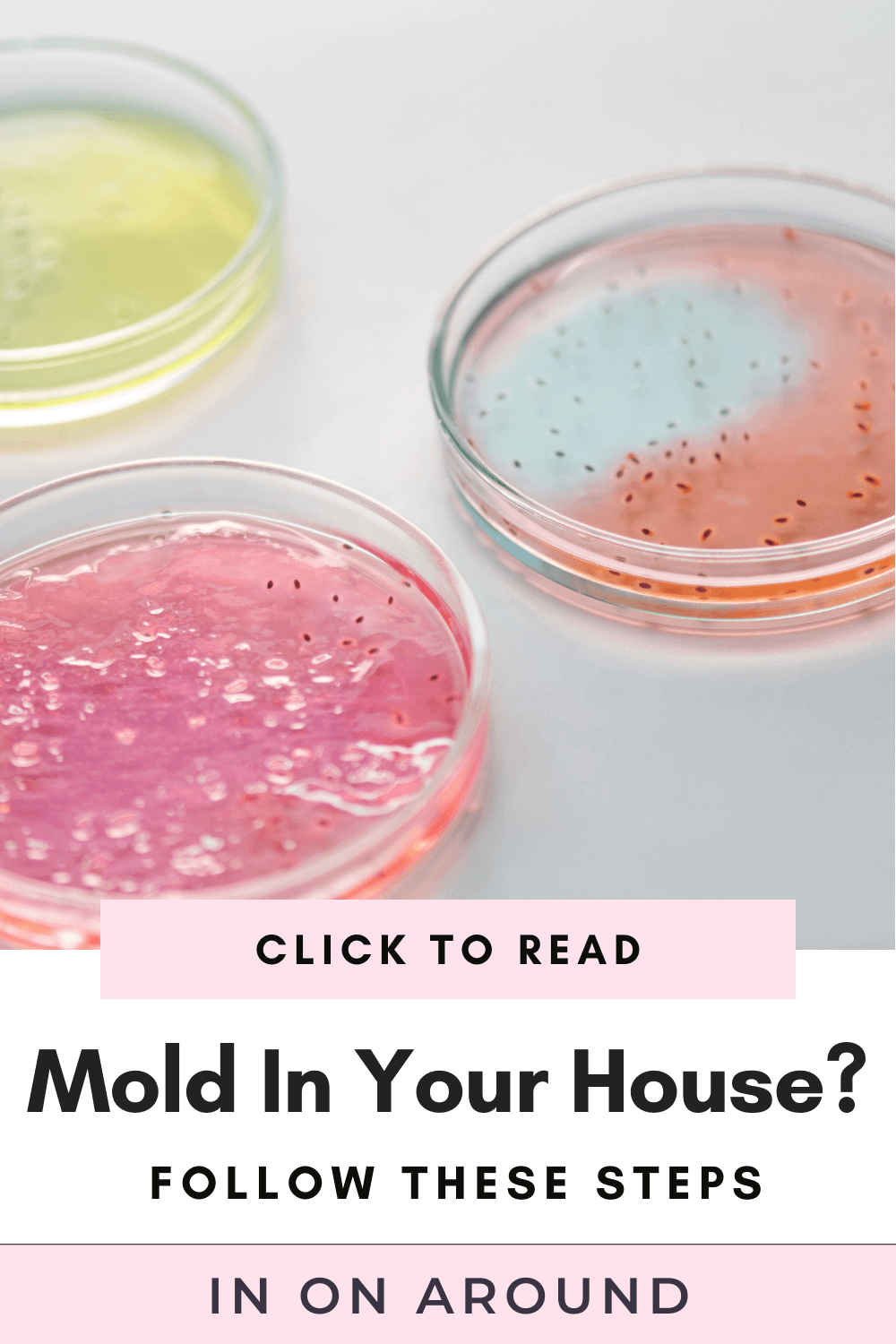
Frequently Asked Questions
What are mycotoxins?
How many types of mold are there?
Does bleach kill mold?
What should you do if there is mold in your home?
Mold exposures & mold illness are certainly nothing to scoff at. It can create health problems in the long term. If you’re experiencing symptoms, make sure you speak with your doctor as soon as possible.
Did you know this information about mold and chronic immune response syndrome?
Let me know your thoughts in the comments down below.
Please rate & review this article – I’d appreciate it!
xoxo,

Want to read more? Check out my other articles here!
Information on Mold Detox Protocol from: CDC, EPA, Mold Medic, Finding The Mold, HUD, NIH, Puro Clean, Healthline, Comfy Living, Allergy Store, Washington Post, Assured Bio
Copyright In On Around LLC 2021 ©. The statements made on this website have not been evaluated by the FDA (U.S. Food & Drug Administration). They are not intended to diagnose, treat, cure, or prevent any disease. The information provided by this website should not be used as individual medical advice and you should always consult your doctor for individual recommendations and treatment.

